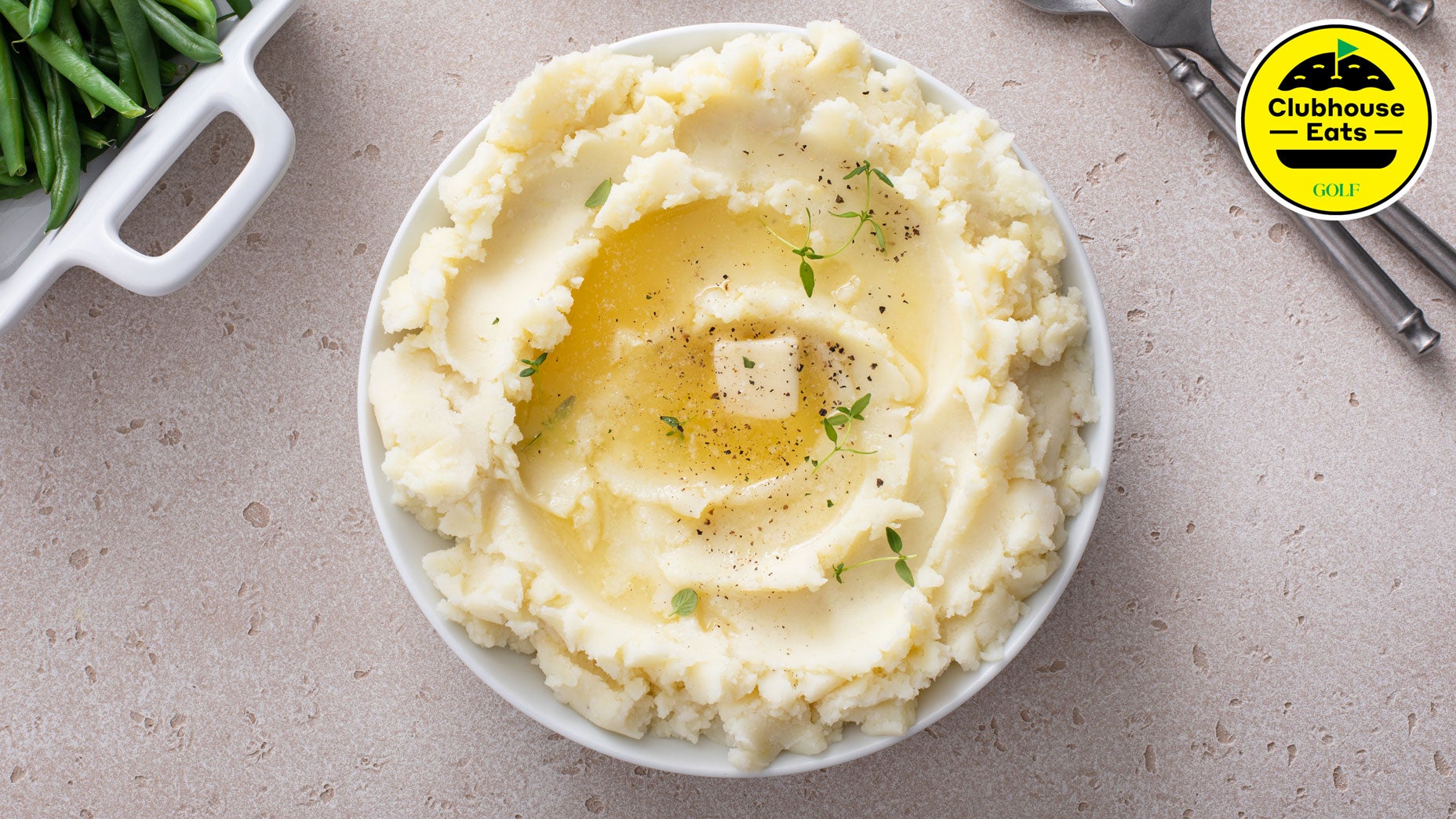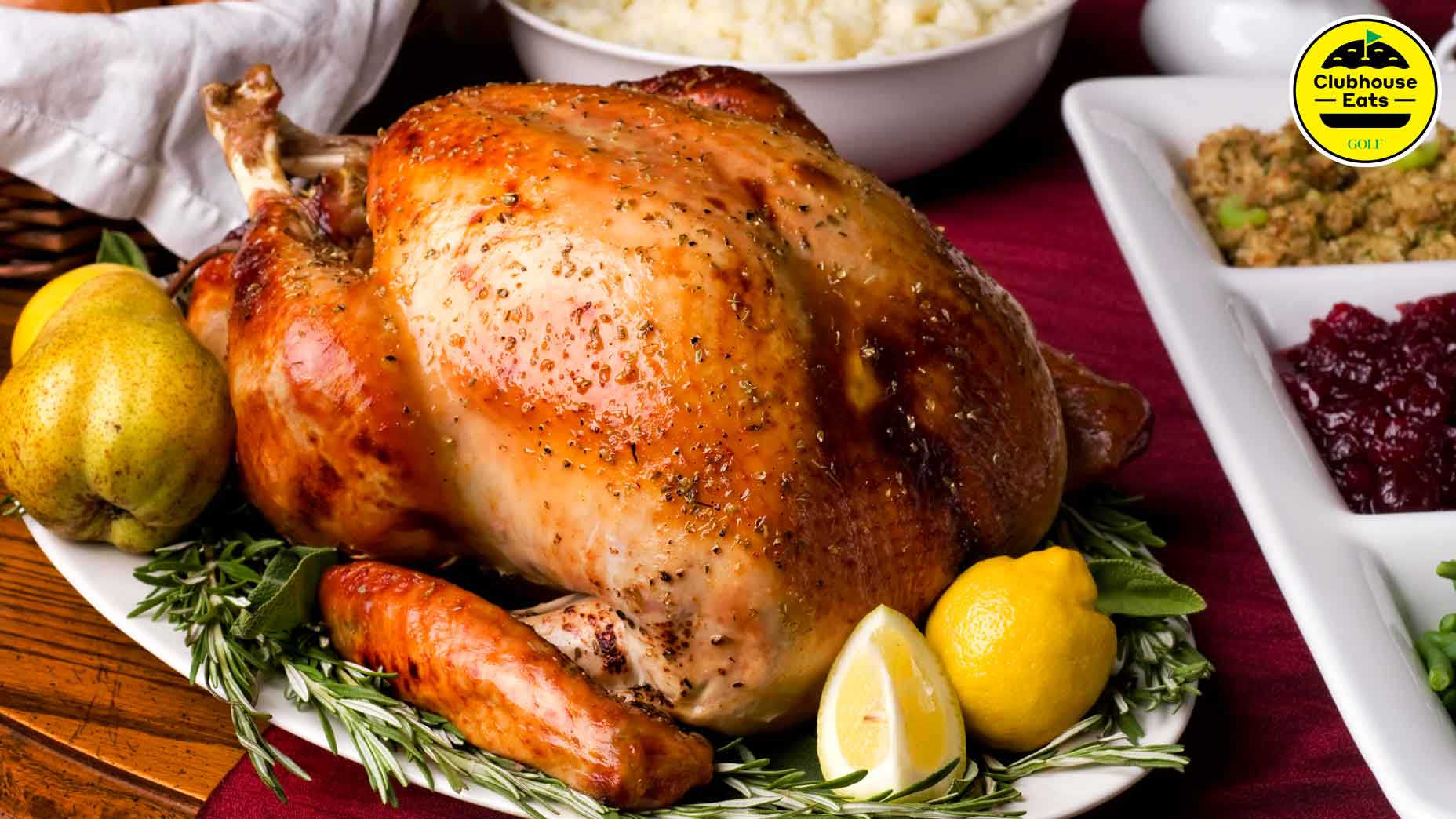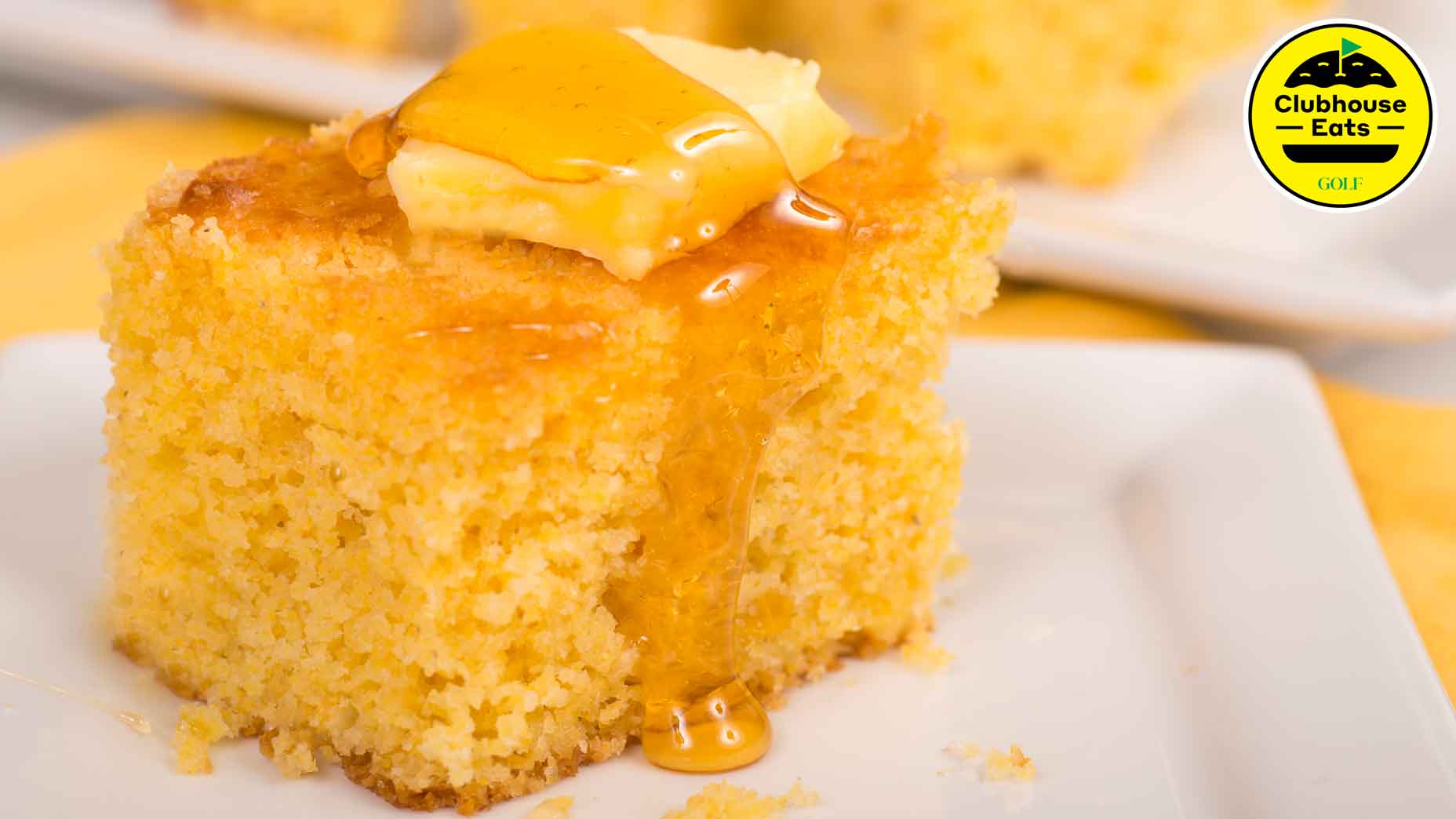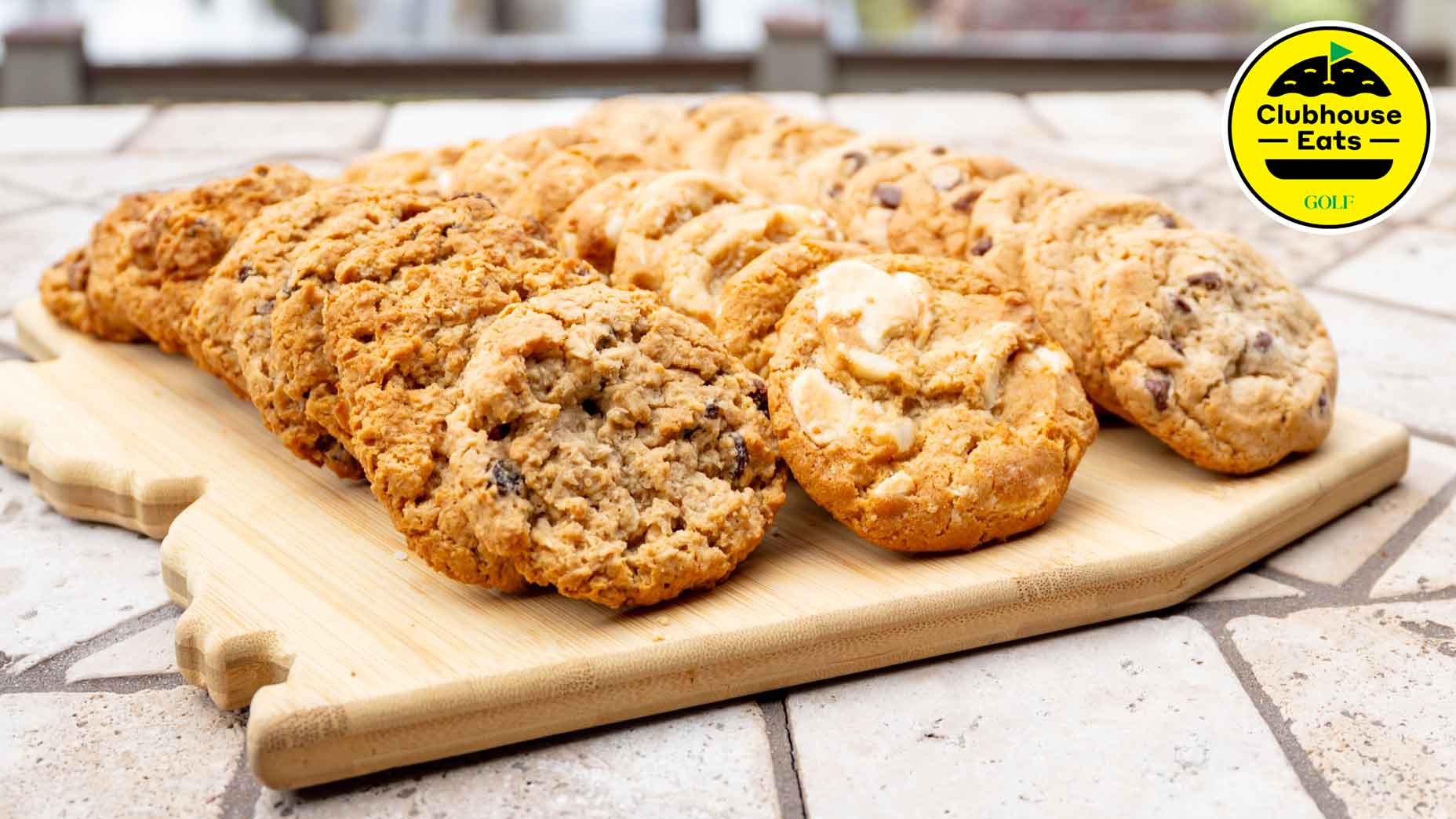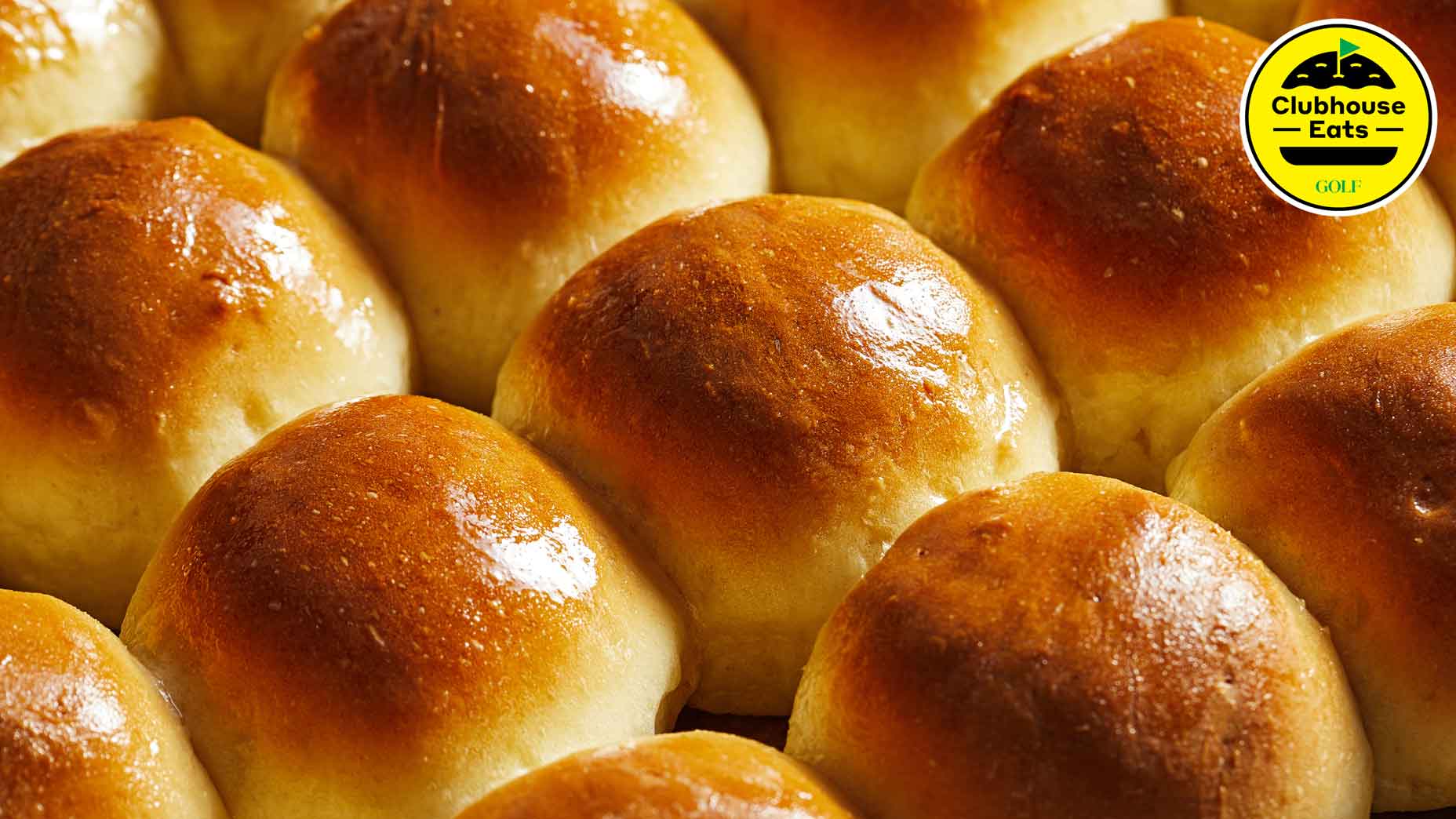Welcome to Clubhouse Eats, where we celebrate the game’s most delectable food and drink. Hope you brought your appetite.
***
‘Tis the season when roast turkey and all of its traditional accoutrements become the center of attention. From sweet potato casserole to butternut squash and peas (not to mention roasted carrots and cranberry sauce), there are plenty of ways for fruits and vegetables to make an appearance on the Thanksgiving table. But when it comes to hearty side dishes that can make or break the meal, two stand out amongst all others: stuffing and mashed potatoes.
“Mashed potatoes really say a lot,” says Kevin Humphreys, the executive chef at Tributary in Driggs, Idaho. “It’s a comfort food, and it’s probably one of the first dishes that comes to mind when you think of a home-cooked meal.”
While it may seem an easy task to produce a bowl of truly delectable mashed potatoes, the truth is, five-star mashed potatoes are whipped up only with an unwavering attention to the details. Here, we share Chef Humphreys’ guidelines for making a version of the dish that will earn it a spot at the center of your Thanksgiving dinner spread.
Variety Matters
Pick your spuds carefully. According to Chef Humphreys, Idaho Russet potatoes are the best for mashing. “They whip up nice and fluffy due to their high starch content and low moisture,” he explains. Yukon Gold potatoes are his next go-to, thanks to their “natural buttery flavor, golden color, and medium starch content.”
In either case, just make sure to first cut the potatoes into uniform pieces, which ensures that they’ll cook evenly.
Simmer Down
The biggest pitfall that dooms most home cooks’ attempt at great mashed potatoes is cooking them in boiling water, which is a surefire way to ensure that the potatoes are overcooked before they’re mashed. “Boiling is a very harsh and aggressive style of cooking,” says Humphreys, who explains that boiling water actually pulls the starch out of the vegetable, and the lack of starch produces a gluey finished product.
How to cook a perfect Thanksgiving turkey, according to a 3-star Michelin chefBy: Josh Sens
Instead, in a large pot, cover the potatoes with water, then cook them over medium heat, only bringing the water to a simmer. Once it’s simmering, turn the temperature down to low. “This sets the starch inside the potato,” the chef says, “so that when you do emulsify the butter into it, the potato whips up in a pleasingly fluffy way.”
Tools of the Trade
While it may seem counterintuitive, the best mashed potatoes don’t require a traditional masher. Instead, use a potato ricer or a food mill, which renders the potatoes into a much finer consistency. According to Humphreys, that goes a long way toward improving the end result. (Incidentally, a food mill or ricer also makes it easy to separate the flesh of the potato from the peel, assuming you first cook the potatoes with the skin on.) “You get a really fine texture,” the chef explains. “So when you add the butter and then the dairy, you don’t get what I consider to be a bad mashed potato that has lumps. It alleviates all of that.”
One-Two Punch
It goes without saying that the best mashed potatoes are laden with two things: butter and dairy. There’s no hard and fast rule about how much of those two ingredients you should add, but Chef Humphreys has found that when making mashed potatoes using Idaho Russets, six pounds of potatoes are balanced by three-quarters of a pound of butter and one cup of heavy cream. If he’s mashing Yukon Golds, Humphreys likes to start with nine pounds of potatoes, then adds three-quarters of a pound of butter, 2 cups of heavy cream, and 3 cups of sour cream.
Make sure the butter is melted and the cream is warm, and start by mixing in the butter, using a whisk to fully emulsify the two. Then do the same with the cream — making sure that both the cream and the butter are warm is a crucial step in the process. “Things go together when they’re the same temperature,” the chef says.
Creative Control
Once you have the basics down, there’s a seemingly endless array of options for unique twists on the classic. In particular, Chef Humphreys likes to infuse his cream with fresh herbs (straining out the herbs before incorporating the dairy into the potatoes); and whisking in cheeses, such as sharp white cheddar, is a popular move inside Tributary’s kitchen, too. “The only limitation to the dish is your imagination,” he says. “That’s the best part about mashed potatoes.”
